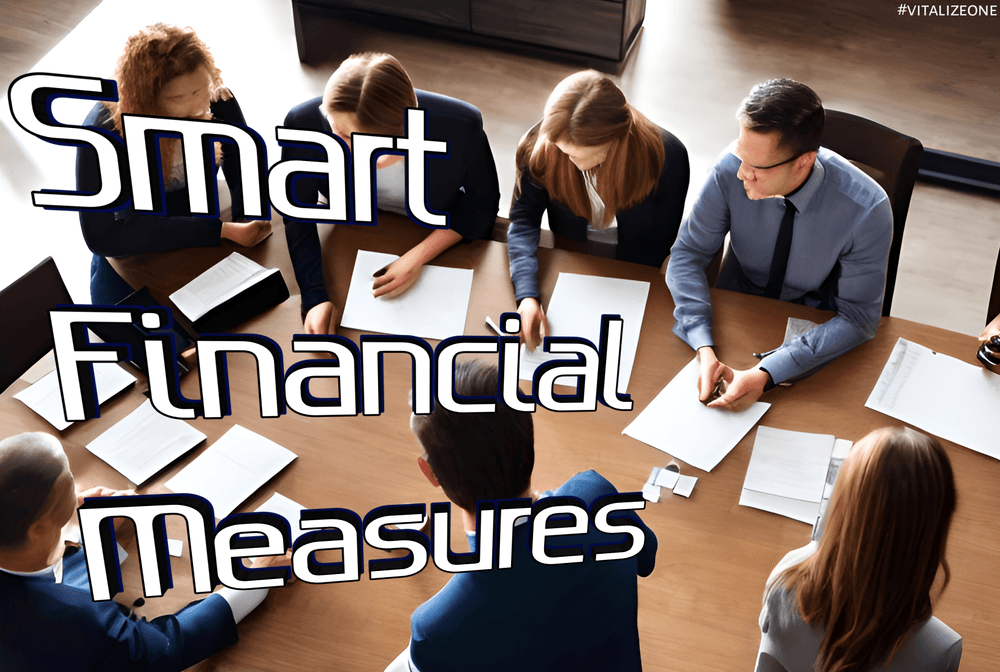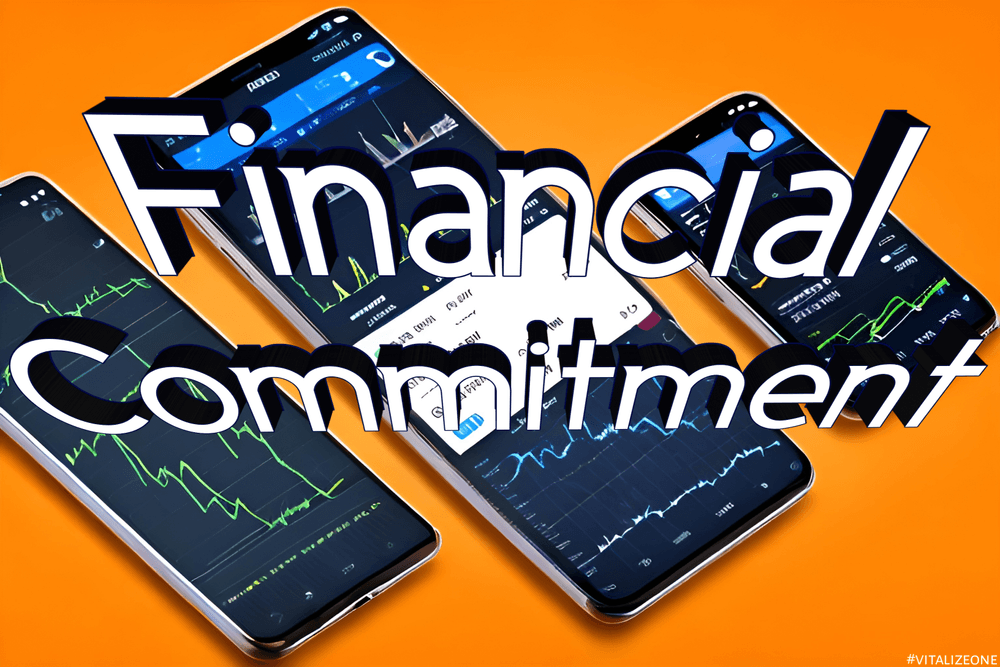|
Getting your Trinity Audio player ready...
|
Debt is clearly a topic that can make many people feel anxious and overwhelmed. However, a solid understanding of the different types of debts and how to use them effectively can be a crucial step in getting ahead financially and reaching your goals. Cryptocurrency such as Bitcoin has been around since the year 2008; BTC became popularized 2009 on, certain debt can be applied in purchasing crypto, and utilization of crypto ecosystems can be applied to pay off debt that was initially used in crypto purchases via credit cards for example. In this article, we’ll take a closer look at the typical types of debts and provide tips on how to use each to your advantage.
Types of debt
Before we dive into how to utilize debts, let’s take a moment to explore the different types you may encounter:
Secured debts vs. unsecured debts
Have you ever pledged your car or home as security for a loan? Then you’ve had experience with secured debts, which are backed by collateral. This can be any property or asset, such as a piece of land or even government bonds, with enough value to cover the loan amount. If you default on a debt that’s secured, the lender can get hold of the collateral to recover the loan. Examples of secured debts include mortgages and car loans.
Unlike secured debts, unsecured ones are not covered by collateral. So how does the lender collect if you default on this type of debt? They have recourse to legal action but cannot seize any of your properties or assets. Credit cards and personal loans are some of the most common examples of this type of debt.
Revolving debts vs. installment debts
Revolving debt is a type of credit you can continuously pull out from—for as long as you haven’t maxed it out. A home equity line of credit and credit cards are some typical examples. To settle them, you’ll have to make regular payments on the outstanding balance.
On the other hand, installment debts are repaid over a set period of time in fixed payments. You’ll know exactly how much you’ll need to pay each month, and the debt will be paid off in full by the end of its term. Some typical examples are personal loans and car loans.
Some pros and cons of the types of debts
1. Secured debts
Secured debts are typically used to finance large purchases, such as a home or a car. Because it’s backed by collateral, lenders are often willing to offer lower interest rates than they would for unsecured debts. This can make the former a more affordable option for financing major purchases.
2. Unsecured debts
Unsecured debts, such as credit card debts and personal loans, are often used to cover unexpected expenses or to finance smaller purchases. While these debts can be convenient, they often come with higher interest rates. This means you’ll end up paying more over the term of the loan.
3. Revolving debts
Revolving debts can help manage cash flow and cover unexpected expenses. Because you can borrow up to the credit limit as needed, you’ll always have access to funds when you need them. Make sure you manage this well by keeping your credit utilization ratio below 30%. This will help you maintain a good credit score and avoid high-interest charges.
4. Installment debts
Installment debts can be a valuable tool for financing major purchases.
Top tips for utilizing debts
Now, let’s explore how to utilize the different types to your advantage.
1. Create a budget.
A budget will help you understand your income and expenses and ensure that you can afford to take on additional debt. It will also help you prioritize your spending and ensure that you’re not overspending in any one area.
2. Consider the interest rate.
This is an essential factor to consider as it can significantly impact the total cost of the debt. For example, a credit card with a high-interest rate can result in significant charges over time. Therefore, if you need to borrow, look for the lowest one possible. Also, settle more than the minimum payment each month to help you reduce the total interest amount over the life of the loan.
3. Understand the terms and conditions.
The devil can truly be in the details, so make sure you understand the fine print before taking on any loan. This includes the interest rate, payment schedule, and any fees or penalties.
4. Build your credit score.
Building a good credit score can help you get lower interest rates and better terms on future loans. One way to build your credit score is to make payments on time and in full.
The bottom line
Make your debt work for you by choosing the best type that meets your needs and managing it wisely. With the information and tips we shared, you’re well on your way to a more secure financial future. For more savvy tips, visit the content of VitalyTennant.com today!
Nestled in the digital alcove where ones and zeroes dance harmoniously, you'll find Chatty Garrate, a beacon of warmth and wisdom in the vast expanse of technology. With a keyboard as her wand and a heart brimming with compassion, Chatty has been on a mission to make the digital realm a little brighter, one line of code at a time.
















